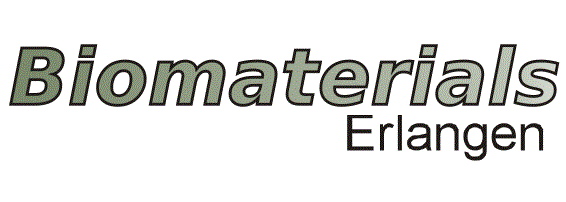Yiran Hou
Yiran Hou
Master student
Investigation of ADA-GEL-based hydrogel incorporating inorganic nanoparticles to guide cell development for tissue engineering applications
Supervisor: Hsuan-Heng Lu, Prof. Aldo R. Boccaccini
ADA-GEL, a combination of alginate di-aldehyde and gelatin, has been widely used in tissue engineering research due to its high biocompatibility, good water absorption, low production cost and adjustable biodegradability [1]. Biofabrication is a 3D-printing technique defined as the production of complex biological products from raw materials such as living cells, substrates, biomaterials and molecules [2]. In this project, different compositions of inorganic particles will be incorporated into the ADA-GEL ink to improve the printability and mechanical properties of the hydrogel [3]. In addition, cells will be combined with the pure ADA-GEL and the composite ADA-GEL inks. Two types of nozzles will be applied, the parameters of the bioprinter will be adjusted, and the effect of particle addition on cell behavior, scaffold degradation and scaffold mechanical properties will be investigated.
[1] Reakasame S, Boccaccini AR. Oxidized Alginate-Based Hydrogels for Tissue Engineering Applications: A Review. Biomacromolecules 2018; 19(1):3–21.
[2] Tenenhaus M, Rennekampff HO, Mulder G. Living cell products as wound healing biomaterials. In: Wound Healing Biomaterials. Elsevier; 2016. p. 201–25.
[3] Heid S, Becker K, Byun J, Biermann I, Neščáková Z, Zhu H et al. Bioprinting with bioactive alginate dialdehyde-gelatin (ADA-GEL) composite bioinks: Time-dependent in-situ crosslinking via addition of calcium-silicate particles tunes in vitro stability of 3D bioprinted constructs. Bioprinting 2022; 26:e00200.

